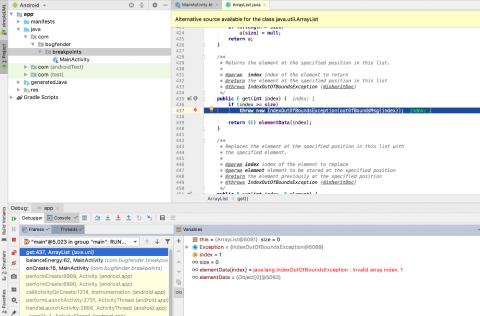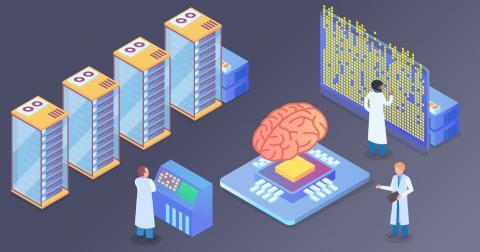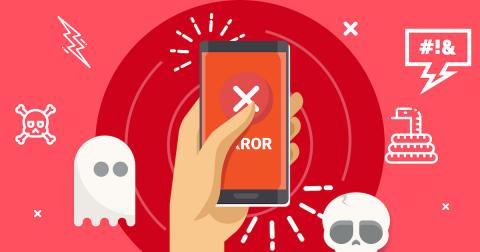Conditional breakpoints: How to Debug iOS and Android apps from Zero (Part 2)
Conditional Breakpoints and their variants, Exception and Symbolic Breakpoints are powerful tools for advanced debugging, applicable to both iOS and Android. We’ll explore them in this article. In the first post of our How to Debug from Zero series we learnt the basics of breakpoints. At this point, you should know how to add a new breakpoint and how to use the “step over”, “step in” and “step out” commands.











